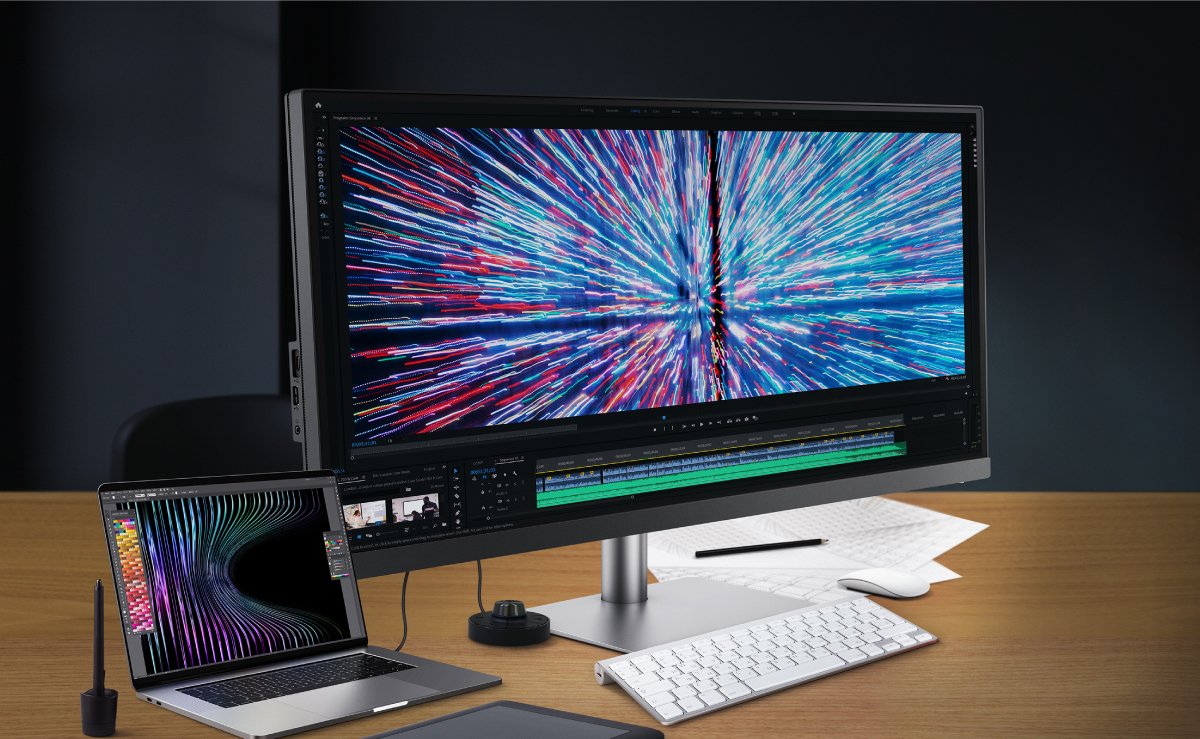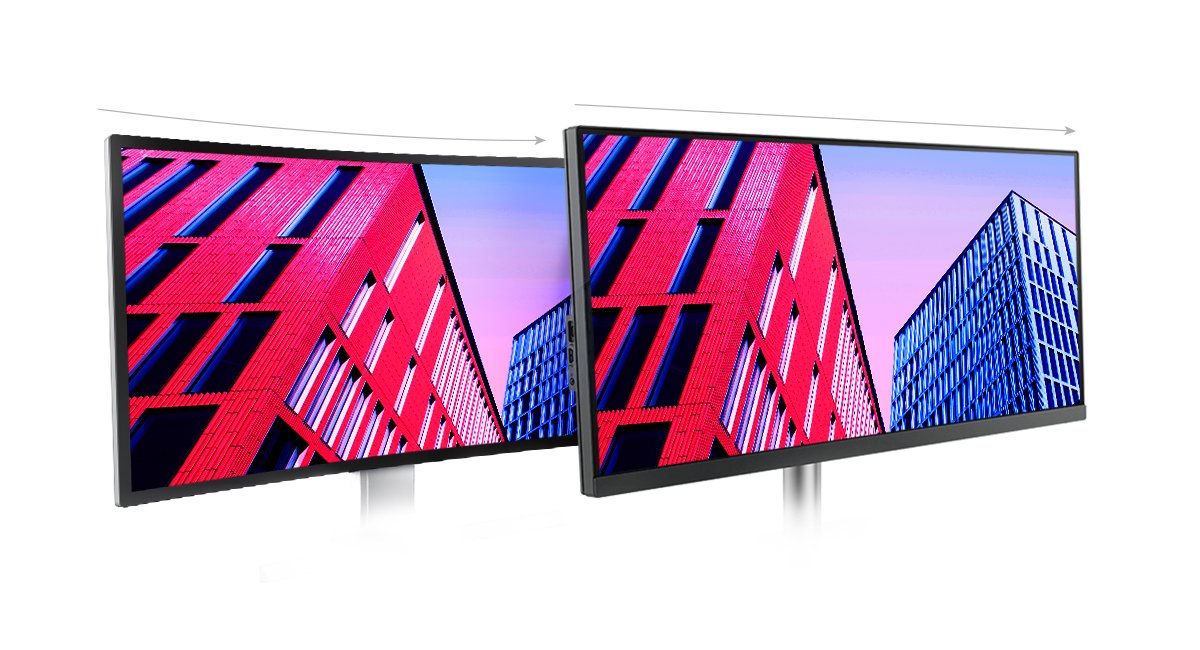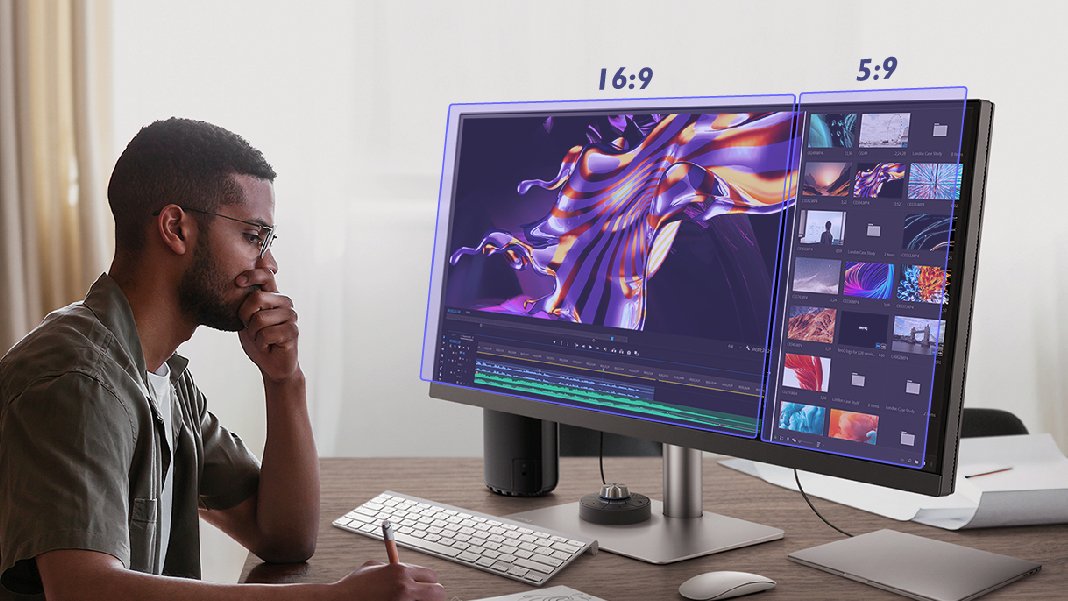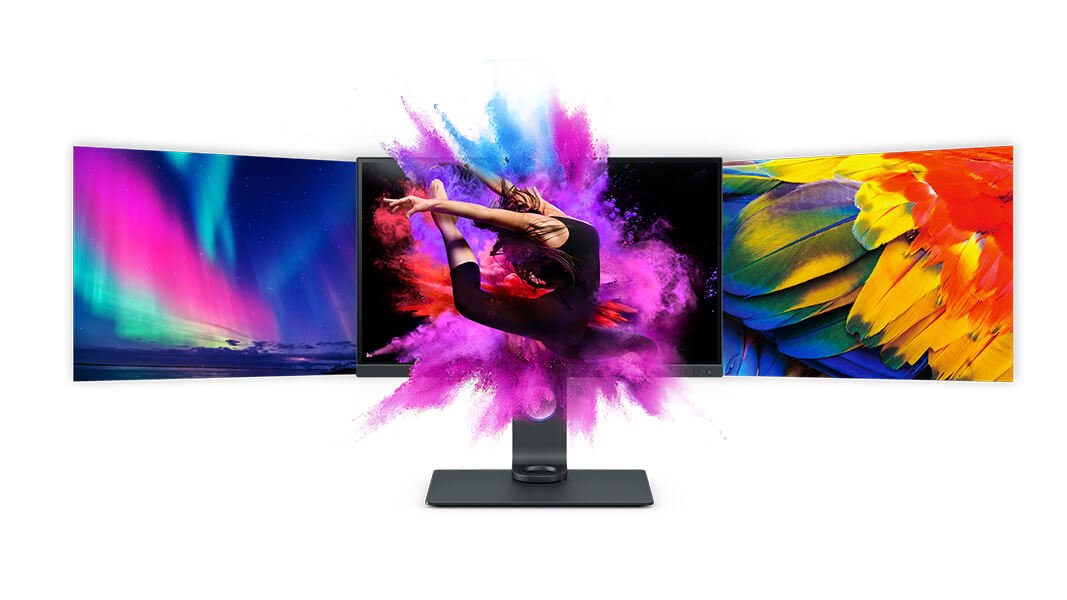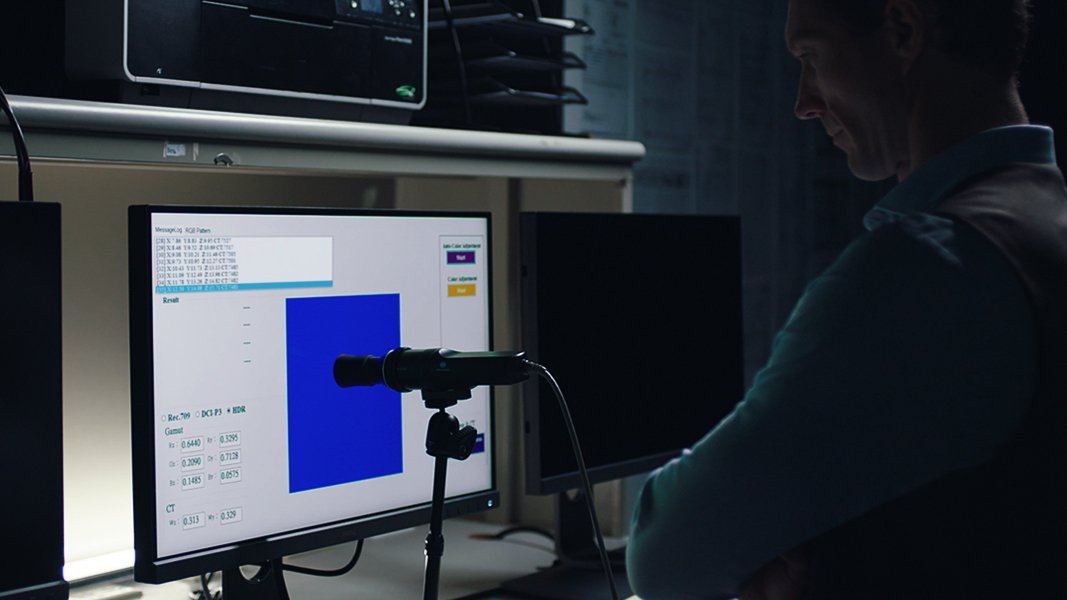As most designers are heavy users of monitors, spending time getting accustomed to a curved monitor means loss of time and work efficiency. A flat monitor requires no such lengthy adjustment period. Therefore, a straight line always remains straight, requiring no guesswork regarding what you’ve drawn and no doubt due to distortion. Also, when it comes to viewing angles, curved displays only have one sweet spot: the center of the monitor. That means when you stray away from it, what you see on the curved display is in effect distorted. This will not happen with a flat ultrawide monitor, as wherever you sit, you see every image as it is, without distortion. You can use flat monitors to do video-editing as well for a better idea of what every frame will look like during the preview.
